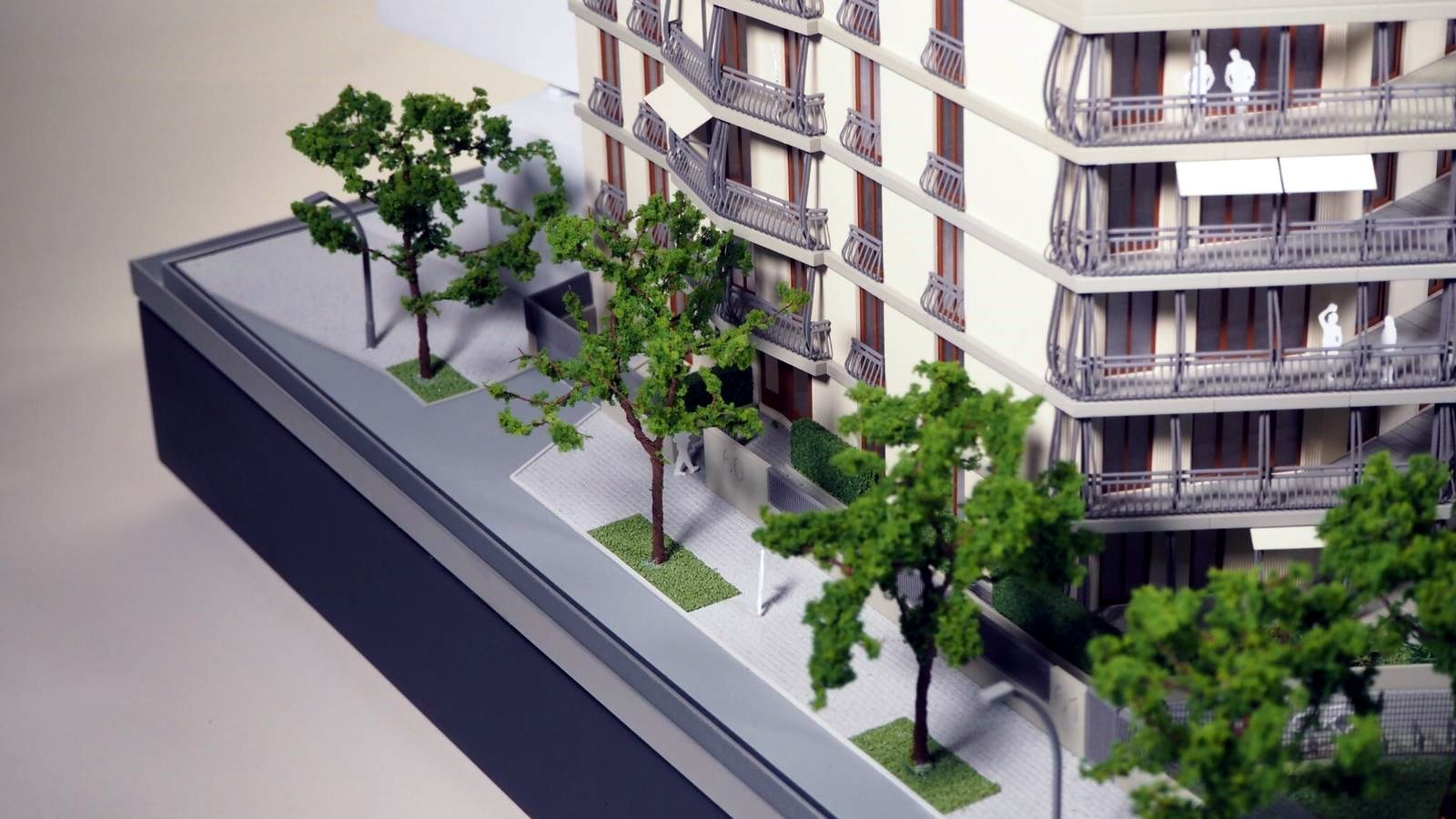Understanding City Planning Models
Definitions and Importance of City Planning Models
City planning models play a crucial role in shaping the development and management of urban areas. They serve as frameworks that help planners visualize and analyze various factors affecting city development, including land use, infrastructure, and community needs. City planning model encompass a range of methodologies that encompass descriptive, prescriptive, and analytical aspects of urban planning.
The importance of these models lies not only in their ability to streamline the planning process but also in their capacity to foster sustainable and functional urban environments. Effective city planning can lead to enhanced quality of life, economic prosperity, and environmental sustainability, making it a vital aspect of modern urban development.
Components of a City Planning Model
City planning models are often multifaceted, comprising several key components that work in synergy to create a comprehensive view of urban dynamics. The primary components include:
- Land Use: Determining how different areas of the city will be utilized, such as residential, commercial, industrial, or recreational spaces.
- Infrastructure: Incorporating transportation systems, utilities, and public services that support the urban environment.
- Demographics: Analyzing population trends, age distribution, and migratory patterns that can impact city planning.
- Community Needs: Considering the wants and needs of the population, including housing, education, healthcare, and recreation.
- Environmental Impact: Assessing the ecological footprint of urban development and integrating sustainability practices.
Ultimately, these components converge to inform decision-making processes that can lead to practical and innovative solutions in urban planning.
Historical Evolution of Urban Planning Concepts
The discipline of urban planning has evolved significantly over the centuries, reflecting changing societal needs, technological advancements, and cultural perspectives. Early urban planning focused primarily on necessities, such as sanitation and safety, while modern approaches have integrated aesthetics, functionality, and sustainability.
Key historical milestones include:
- The Garden City Movement (Late 19th Century): Advocated for the establishment of self-contained communities surrounded by greenbelts, promoting social reform and ecological sustainability.
- Modernist Planning (Mid-20th Century): Prioritized rational planning and scientific approaches to urban issues, emphasizing zoning, functional separation, and large-scale infrastructure projects.
- New Urbanism (Late 20th Century): A response to the drawbacks of auto-centric urban growth, advocating for walkable neighborhoods, community engagement, and sustainable practices.
Each of these movements has profoundly influenced contemporary city planning models, leading to more inclusive and user-centric approaches.
Types of City Planning Models
Descriptive Models: Overview and Examples
Descriptive models serve to represent and interpret existing urban conditions, providing a clear view of the current state of affairs in a city. These models utilize tools such as maps, diagrams, and digital renderings to visually communicate spatial relationships and land uses.
Examples of descriptive models include:
- Land Use Maps: Illustrating how different areas of a city are designated for specific activities.
- Base Maps: Provide essential geographical information about a city, such as streets, rivers, and significant landmarks.
- Sector Model: A theoretical model that suggests urban development occurs in sectors radiating from a central point, often the CBD (Central Business District).
These models are instrumental in setting the foundational data for further analysis and future planning initiatives.
Prescriptive Models: Frameworks for Decision Making
Prescriptive models provide guidance on how cities should develop in order to achieve specific objectives, such as increased sustainability, enhanced livability, or greater economic efficiency. These models create a vision for the future by establishing frameworks for land use, zoning regulations, and urban growth policies.
Examples of prescriptive models include:
- Zoning Regulations: Legal codes that dictate what types of activities can occur in different areas, affecting density, building height, and land use.
- Smart Growth Principles: Policies that promote sustainable urban development and prevent rural sprawl.
- Complete Streets Initiatives: Aiming to provide safe and accessible transportation options for all users, enhancing mobility within urban areas.
By applying these frameworks, planners can systematically address current and future challenges within urban environments.
Analytical Models: Data-Driven Approaches
Analytical models leverage data analytics to understand complex urban systems and provide insights for decision-making. Through data collection and analysis, planners can assess the impact of various factors on urban dynamics and predict future outcomes based on different scenarios.
Common analytical models include:
- Transportation Models: Analyze traffic flows and public transportation patterns to optimize transit systems and reduce congestion.
- Land Use Models: Simulate how different land use configurations can affect urban development and resource allocation.
- Environmental Impact Models: Assess the potential ecological consequences of proposed developments and infrastructure projects, helping to mitigate negative effects.
Data-driven analysis enhances the ability to make informed decisions that contribute to sustainable urban growth.
The Role of Technology in City Planning Models
Integrating GIS and Mapping Tools
Geographic Information Systems (GIS) and other mapping tools are integral to modern city planning, enabling planners to visualize complex spatial data effectively. GIS technology allows for the layering of various data sets, facilitating the analysis of relationships among different urban components.
With GIS, planners can:
- Analyze spatial patterns of demographics, infrastructure, and land use.
- Visualize scenarios for urban development and assess potential impacts.
- Engage stakeholders and the community by providing visual representations of planning proposals.
The ability to visualize data in this manner helps planners communicate their findings more effectively and enhances public engagement.
Leveraging Simulation Software
Simulation software has revolutionized urban planning by allowing planners to create dynamic models that can predict how urban systems will behave under various scenarios. This technology provides a safe environment to evaluate the potential effects of decisions before implementation.
Notable uses of simulation software include:
- Traffic Simulation: Models that predict traffic patterns and congestion in response to changes in roadways, public transit options, or land use.
- Urban Growth Simulation: Projects potential urban expansion based on demographic trends, economic factors, and policy interventions.
By utilizing these tools, urban planners can explore the implications of their decisions, enhance strategic planning capabilities, and foster sustainable growth.
Innovative Technologies in Urban Planning
The advancement of innovative technologies such as artificial intelligence (AI), machine learning, and big data analytics has introduced new dimensions to city planning. These technologies provide powerful tools for analyzing vast datasets, identifying patterns, and making forecasts.
Applications include:
- Predictive Analytics: Helps planners anticipate future trends in population growth, land use demand, and traffic patterns.
- Smart City Initiatives: Use of IoT (Internet of Things) to create interconnected systems that can improve efficiency, safety, and sustainability in urban environments.
By harnessing these technologies, city planners are better equipped to address complex challenges and create future-ready urban spaces.
Challenges in Developing City Planning Models
Balancing Growth and Sustainability
One of the primary challenges in urban planning is achieving a balance between growth and sustainability. Rapid urbanization can lead to overdevelopment, resource depletion, and environmental degradation if not carefully managed.
Strategies to address this challenge include:
- Implementing strict zoning regulations to protect green spaces and sensitive ecosystems.
- Adopting sustainable building practices and renewable energy sources.
- Encouraging mixed-use developments that integrate residential, commercial, and recreational spaces to reduce travel needs.
These measures help ensure that urban growth occurs in a way that is ecologically responsible and beneficial for current and future generations.
Community Involvement and Stakeholder Engagement
Engaging the community and stakeholders in the planning process is crucial for successful urban development. However, challenges arise in gathering diverse opinions and reaching consensus among different interest groups.
To foster effective engagement, planners can:
- Conduct surveys and public forums to gather input from residents.
- Utilize innovative technologies, such as virtual reality, to simulate proposed projects and solicit feedback.
- Ensure transparency in decision-making processes to build trust and collaboration among stakeholders.
Successful engagement leads to plans that reflect community needs and garner greater support for implementation.
Adapting to Changing Urban Dynamics
Urban environments are constantly evolving due to factors such as technological advancements, demographic shifts, and climate change. Planners must be agile and adaptable to navigate these changes effectively.
Strategies to achieve adaptability include:
- Regularly updating planning models to reflect current data and trends.
- Developing flexible policies that can be adjusted in response to changing circumstances.
- Conducting scenario planning exercises that anticipate various future conditions and strategize accordingly.
By remaining adaptable, urban planners can respond proactively to evolving challenges and opportunities in city development.
Future Trends in City Planning Models
Emphasis on Smart Cities
The concept of smart cities is gaining traction as urban planners seek to integrate technology with urban infrastructure and services. Smart cities leverage data and technology to enhance the quality of life for residents, improve resource efficiency, and foster sustainability.
Examples of smart city initiatives include:
- Smart traffic management systems that optimize traffic flow and reduce congestion.
- Smart waste management solutions that utilize sensor technology to monitor and reduce waste.
- Smart energy grids that manage energy consumption and support renewable sources efficiently.
The transition towards smart cities presents significant opportunities for enhanced urban management and improved citizen engagement.
Integrating Eco-Friendly Practices
As climate change increasingly impacts urban environments, there is a growing emphasis on integrating eco-friendly practices into city planning models. This trend includes promoting green infrastructure, enhancing urban greenery, and implementing sustainable transport options.
Key aspects include:
- Green roofs and walls that help regulate building temperatures and improve air quality.
- Urban forests that provide habitats while enhancing biodiversity.
- Development of pedestrian-friendly spaces to encourage walking and reduce reliance on vehicles.
By prioritizing eco-friendly practices, cities can mitigate their environmental impact while enhancing residents’ quality of life.
Global Case Studies and Lessons Learned
Examining global city planning models can provide valuable insights and lessons for urban planners. Cities that have successfully adapted innovative planning models demonstrate the potential for positive outcomes.
Case studies include:
- Singapore: Known for its advanced urban planning and sustainability practices, focusing on vertical gardens and efficient public transport.
- Copenhagen: A leader in bicycle-friendly urban planning and green initiatives, committed to becoming carbon neutral by 2025.
- Curitiba, Brazil: Famous for its effective public transport system and innovative recycling programs.
These examples highlight the importance of learning from global best practices to inform future urban planning efforts.



